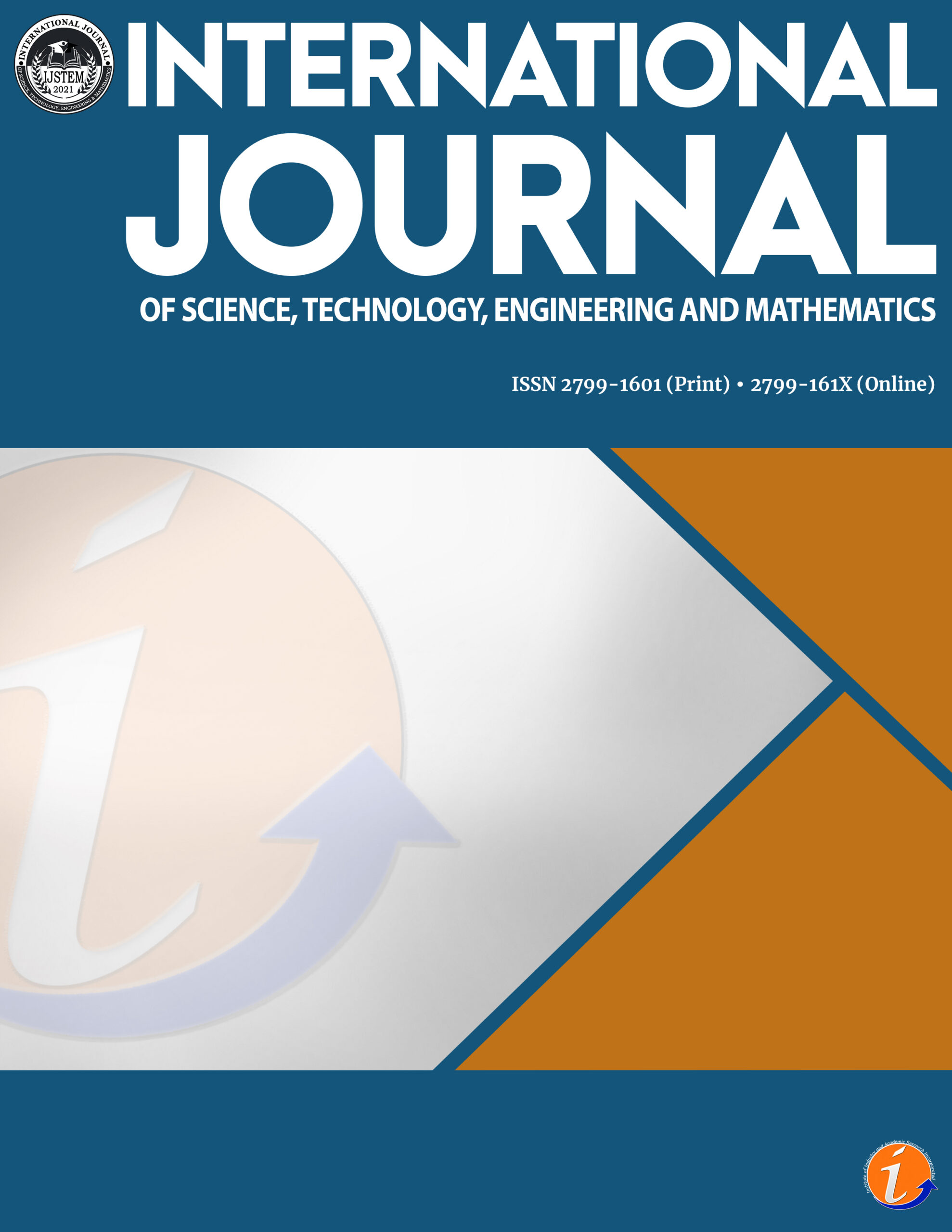One of the most fundamental needs of humanity is water. It is essential to provide clean water for human consumption. This research aims to design and build a functional water monitoring system to guarantee a safe water supply. Using the AQUAMAG device and web-based platform, the water quality is assessed in real time, and the current water status is monitored. There is a webpage for viewing all the recorded data from the database for analytical monitoring purposes. At the same time, the device sends a message notification to the user for the water condition update. The evaluation-based ISO 25010 standards showed end-users remarkably accepted the device attributed to the accurate turbidity and pH sensors. This water monitoring mechanism can help the user visualize if the water source is polluted or contaminated through a water quality test. With its efficient application and practicality, it has excellent potential for the community. Hence, a portable and user-friendly device that can be used within households and establishments as an alternative way of checking water quality before using it can be developed. Relatively, the study can raise awareness on water quality in the community through the developed device, which can also avoid illnesses caused by contaminated water.
Internet of Things, Smart Water Quality Monitoring, Sensors, Arduino
Nilo B. Tubio II. Bachelor of Science in Information Technology, Instructor, Northern Bukidnon State College
Maria Sonia P. Alloso. Bachelor of Science in Information Technology, Instructor, Northern Bukidnon State College
Jenefer Mia G. Rabago. Bachelor of Science in Information Technology, Instructor, Northern Bukidnon State College
Mona Liel E. Lacsa. Bachelor of Science in Information Technology, Instructor, Northern Bukidnon State College
Phoebe Ruth Alithea B. Sudaria. Master of Science in Computer Applications, Instructor, Northern Bukidnon State College
Kenn Migan Vincent C. Gumonan. Corresponding author. Master of Science in Information Technology, Program Head, Northern Bukidnon State
College. Email: kmvcgumonan@nbsc.edu.ph
Akhila, M. R. (2018). Water Level Monitoring and Management of Dams using IoT. Proceedings – 2018 3rd International Conference On Internet of Things: Smart Innovation and Usages, IoT-SIU 2018, 322–330. https://doi.org/10.1109/IoT-SIU.2018.8519843
Aquino, A. P., Resources, N., & Correa, A. B. D. (2014). Republic Act No. 9275: The Philippine Clean Water Act of 2004 | FFTC Agricultural Policy Platform (FFTC-AP). 9275, 1–10. https://ap.fftc.org.tw/article/715
Bande, P. N. (2016). Low Cost Sensor Network for Real Time. 20691–20696. https://doi.org/10.15680/IJIRSET.2016.0512102
Cloete, N. A., Malekian, R., & Nair, L. (2016). Design of Smart Sensors for Real-Time Water Quality Monitoring. IEEE Access, 4, 3975–3990. https://doi.org/10.1109/ACCESS.2016.2592958
Dey, M., Faruq, M. O., Emu, I. H., Haque, M. N., Dey, M., & Das, N. K. (2018). Design and implementation of cost effective water quality evaluation system. 5th IEEE Region 10 Humanitarian Technology Conference 2017, R10-HTC 2017, 2018–Janua, 860–863. https://doi.org/10.1109/R10-HTC.2017.8289089
Eby, K. (2017). What’s the Difference? Agile vs Scrum vs Waterfall vs Kanban. https://www.smartsheet.com/agile-vs-scrum-vs-waterfall-vs-kanban
ISO 25000. (2021). ISO/IEC 25010. https://iso25000.com/index.php/en/iso-25000-standards/iso-25010
Jalilov, S. M. (2018). Value of clean water resources: Estimating thewater quality improvement in Metro Manila, Philippines. Resources, 7(1), 1–15. https://doi.org/10.3390/resources7010001
Jan, F., Min-Allah, N., & Düştegör, D. (2021). Iot based smart water quality monitoring: Recent techniques, trends and challenges for domestic applications. Water (Switzerland), 13(13), 1–37. https://doi.org/10.3390/w13131729
Mohd Tarik, Md Saif Malik, Pinki Yadaw, Hussain Muzzaffar, G. N. (2021). Smart Water Quality Monitoring System Based On Iot: Journal Critical Reviews. Department of Electrical Engineering, Galgotia College of Engineering of Technology, Greater Noida, 7(19), 1–22. https://www.scribd.com/document/494035771/197-1597143457
Pasika, S., & Gandla, S. T. (2020). Smart water quality monitoring system with cost-effective using IoT. Heliyon, 6(7), e04096. https://doi.org/10.1016/j.heliyon.2020.e04096
Patil, K., Patil, S., Patil, S., & Patil, V. (2015). Monitoring of Turbidity pH & Temperature of Water Based on GSM. Lnternational Journal for Research in Emerging Science and Technology, 3, 16–21. http://ijrest.net/downloads/volume-2/issue-3/pid-ijrest-23201508.pdf
Supriya, K. E. (2020). IoT based real time water level monitoring using Texas instruments’ CC3200. Indian Journal of Science and Technology, 13(17), 1720–1729. https://doi.org/10.17485/ijst/v13i17.295
Tasong, A. C., & Abao, R. P. (2019). Design and development of an IoT application with visual analytics for water consumption monitoring. Procedia Computer Science, 157, 205–213. https://doi.org/10.1016/j.procs.2019.08.159
WEPA. (2003). Water Environment Partnership in Asia. http://www.wepa-db.net/policies/state/philippines/overview.htm
World Health Organization. (2022). Drinking-water. https://www.who.int/news-room/fact-sheets/detail/drinking-water
Cite this article:
Tubio II, N.B., Alloso, M.P., Rabago, J.G., Lacsa, M.E., Sudaria, P.B., Gumonan, K.C. (2023). AQUAMAG: Smart water quality monitoring through Internet of Things. International Journal of Science, Technology, Engineering and Mathematics, Volume 3 Issue 1, pp. 1 - 18. DOI: https://doi.org/10.53378/352960
License:
![]()
This work is licensed under a Creative Commons Attribution (CC BY 4.0) International License.










